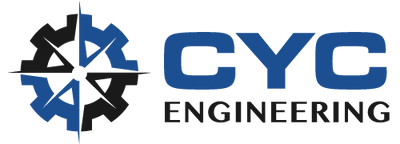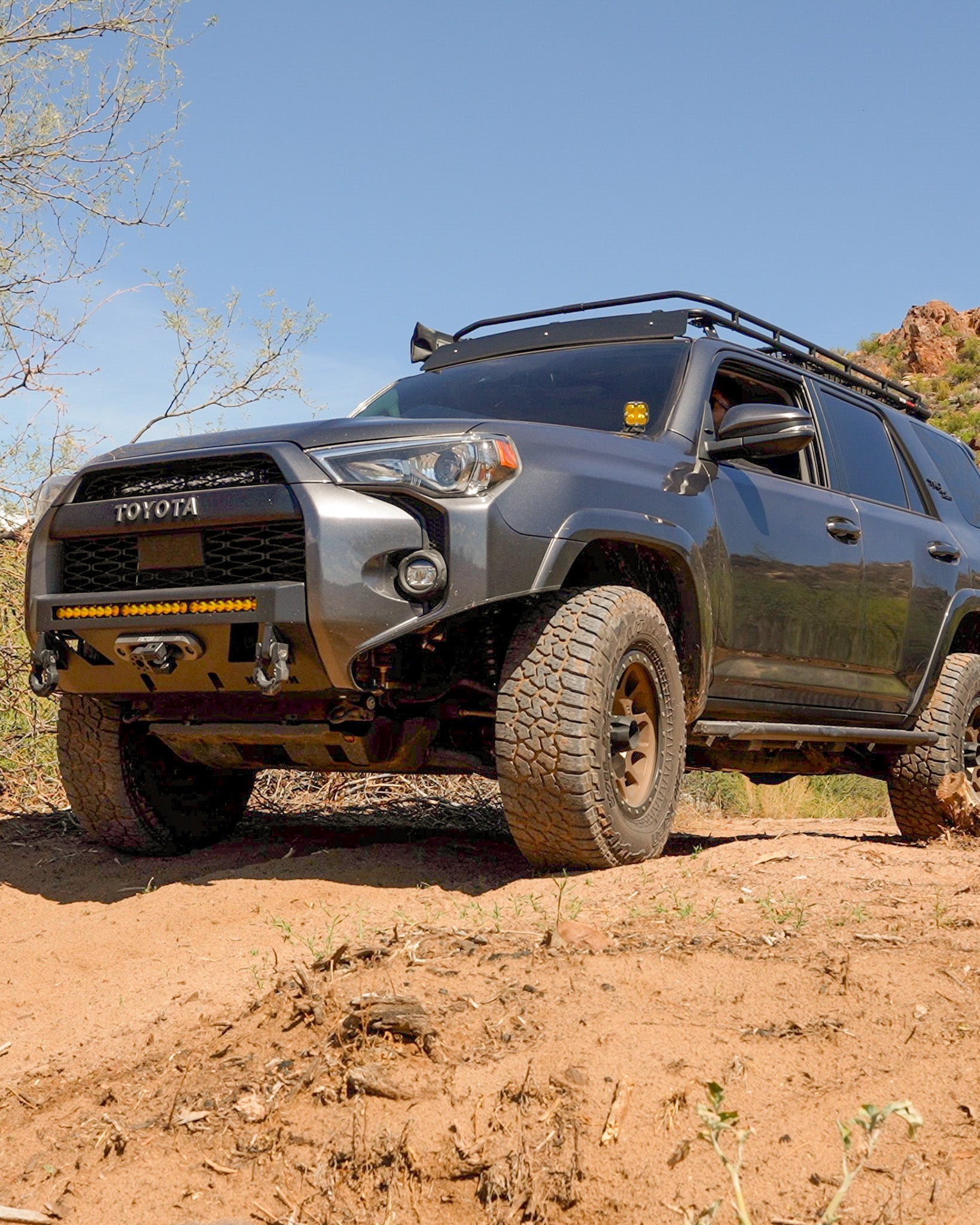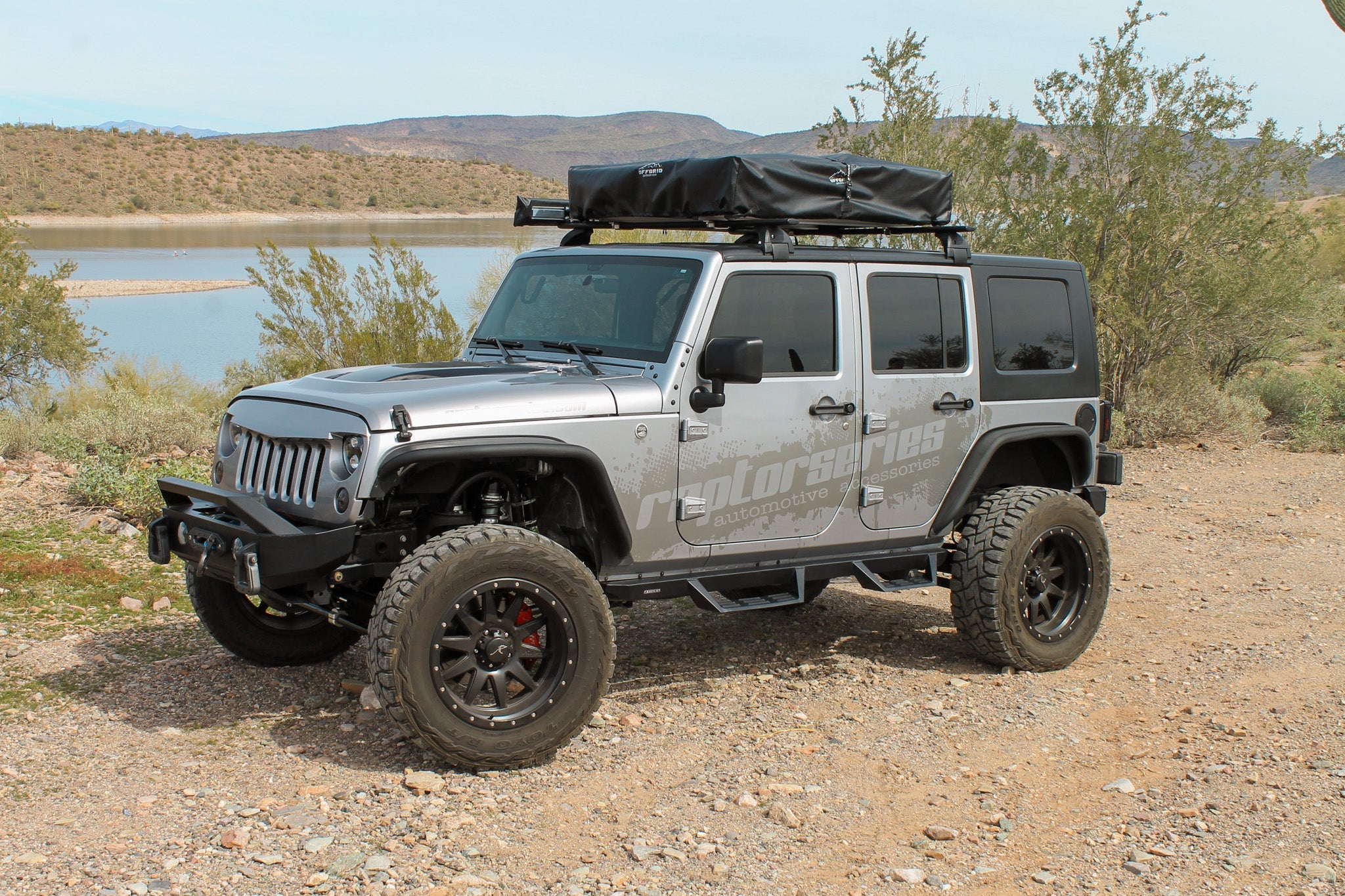TL;DR:
Upgrading your track bar improves steering response, axle alignment, and overall handling. Whether you drive a Jeep, F150, or another truck, replacing a worn bar—or upgrading to an adjustable track bar—enhances safety, stability, and comfort while preventing costly suspension wear. A small upgrade delivers big performance benefits.
Several factors influence your driving confidence, including how your vehicle handles. Whether you’re navigating city streets, hauling heavy loads, or exploring rugged trails, you need precise steering and stability for both safety and enjoyment.
However, most drivers focus on shocks, tires, or brakes, one often-overlooked component. They don’t fully understand how the track bar plays a critical role in how your vehicle responds to every turn of the wheel.
Don’t make this mistake. Learn how upgrading this suspension part can dramatically enhance handling, reduce wear on other components, and provide a smoother, more controlled ride.
What Is a Track Bar, and What Does It Control?
In vehicles with solid axles, the track bar is a key suspension component. Many Jeeps, trucks, and SUVs fall into this category.
A track bar’s main purpose is to keep the axle centered beneath the chassis by limiting unwanted side-to-side movement. Without it, when you hit a bump, corner, or accelerate hard, your axle would shift laterally, making your vehicle difficult to control.
Think of it this way: Since a track bar directly influences axle alignment, it also affects steering geometry. Therefore, a worn or weak bar can cause vague steering, unpredictable handling, and instability at higher speeds.
Drivers of lifted vehicles are especially familiar with the importance of this component, as misalignment can quickly turn into steering “wander” or vibrations. A stronger or adjustable track bar ensures the axle remains properly aligned, which translates into sharper steering and improved control on and off the road.
Is It Time to Replace Your Track Bar
You’re probably how to tell whether your track bar is still well and good, or it already needs a replacement.
Like all suspension parts, track bars wear out over time. Recognizing the signs of failure early can prevent costly repairs and dangerous driving conditions. Here are the most common symptoms of a bad track bar—make sure to watch out for them:
- Loose or wandering steering. If your vehicle drifts across lanes, it will require constant correction.
- Steering wheel vibration or “death wobble”. Shaking and vibration, particularly in lifted trucks and Jeeps, are often indications of a failing track bar.
- Clunking noises. Hearing a clunk when going over bumps can indicate worn bushings or loose mounts.
- Uneven tire wear. Because a weak bar throws off axle alignment, your tires may prematurely wear on one side.
If you notice one or more of these issues, it’s time to inspect your track bar before the problem escalates. It boosts your safety on the road, but that's just one reason to do so.
How Upgraded Track Bars Improve Vehicle Handling and Overall Performance
Investing in a high-quality Jeep track bar, F150 track bar, or other aftermarket upgrade provides a wide range of improvements, along with increased performance and reliability you can enjoy long-term.
Here’s what you get when you upgrade your track bar:
- Sharper steering response. A stronger bar reduces axle shift. Your steering inputs translate more directly into vehicle movement.
- Increased stability. Especially under heavy loads or at highway speeds, upgraded track bars improve straight-line tracking and reduce body roll.
- Better off-road control. For Jeep and truck owners, a performance-oriented track bar Jeep setup ensures better traction and articulation over rough terrain.
- Durable materials. Many aftermarket options are made of heavy-duty steel and reinforced bushings, which are designed to withstand harsh conditions.
- Adjustability. An adjustable track bar allows you to fine-tune axle alignment, which is crucial if your vehicle has been lifted or modified.
- Less strain on suspension components. Aligning your axle reduces wear on control arms, tie rods, and ball joints.
- Lower repair costs over time. Preventing steering geometry issues means fewer visits to the shop for premature suspension or tire replacement.
- Enhanced driver confidence. You'll feel more confident when towing, cornering, or climbing steep grades.
- Improved safety. Vehicles that track straight and respond accurately are safer in emergency maneuvers and adverse conditions.
Beyond the immediate improvements in steering and stability, a well-built track bar delivers long-term advantages. For off-roaders and heavy-duty truck owners, this upgrade also means fewer breakdowns in remote places where reliability is everything.

No matter whether you drive daily on pavement or regularly tackle trails, upgrading your vehicle will improve safety and enjoyment.
CYC Engineering’s track bars are built with these improvements in mind. We only use reinforced steel and premium bushings; their designs combine durability with adjustability. This way, you can immediately feel the sharper steering response for daily driving and increased stability for heavy-duty or off-road applications.
How to Choose The Right Track Bar for Your Vehicle
When upgrading your track bar, you’ll find options ranging from stock-style replacements to high-performance adjustable models. Here’s what to keep in mind:
- Choose between fixed vs. adjustable. A fixed bar is sufficient for stock-height vehicles, while an adjustable track bar is best for lifted trucks or Jeeps because it allows fine-tuning of axle position.
- Determine which designs fit your vehicle best. For example, an aftermarket F150 track bar will be engineered differently from a Jeep track bar, ensuring compatibility with the suspension geometry of each platform.
- Make sure it’s easy to install. Most track bars are bolt-on and can be installed at home with the right tools, but professional installation is recommended if you’re not confident with suspension work. After installation, professional alignment is essential.
-
Consider options within your budget. A replacement track bar generally costs between $150 and $500 for parts. The cost of labor will depend on the shop. The cost of premium aftermarket bars is higher up front, but they usually last longer and provide superior performance.
The right track bar comes down to how you use your vehicle. For daily drivers, a quality OEM replacement may be enough. For lifted Jeeps, off-road rigs, or work trucks, an adjustable heavy-duty option is well worth the investment.
CYC Engineering simplifies this process by offering vehicle-specific track bars for popular platforms like Jeeps, F-150s, and heavy-duty trucks. Our adjustable models make it easy to correct axle alignment on lifted vehicles, while their durable construction ensures fewer long-term maintenance costs.
Invest in A Track Bar and Enjoy the Benefits
Track bars are often overlooked when upgrading suspension components, yet they have a significant impact on how your vehicle handles. Whether you’re considering a durable Jeep track bar for off-road adventures or a heavy-duty F150 track bar for towing and hauling, its benefits are immediate and lasting.
With companies like CYC Engineering delivering heavy-duty, adjustable solutions tailored for both daily drivers and off-road rigs, upgrading is easier than ever.
Upgrade your vehicle's handling with a track bar upgrade today!











